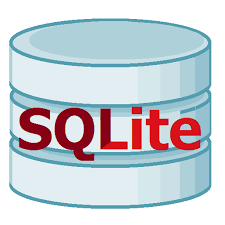Database
What is a Database?
Databases can help you manage your business' growing amounts of critical data centrally, precisely and securely. Centralising information also structures data and prevents duplication, which saves space and allows you to work better and faster ultimately increasing your overall productivity.
Here is a list of the current databases we support:

Microsoft Access: Microsoft Access is a database management system from Microsoft that combines the relational Access Database Engine with a graphical user interface and software-development tools.
Pro’s:
* Can support GUI Interface Reporting
* Data manipulation
* Works on pretty much same SQL scripts
* Fully customizable
Con’s:
* Very high learning curve
* Cannot be use on various non Microsoft platforms.
* A little clunky
* Not very intuitive
* Microsoft Access is not designed for multiple users at the same time and has limitations that must be considered.

My SQL: MySQL is an open-source relational database management system. Its name is a combination of "My", the name of co-founder Michael Widenius's daughter My, and "SQL", the acronym for Structured Query Language.
Pro’s:
* Standardized schema
* Doesn’t need to be included with other software.
* Larger User Community
* Portability can run on any platform
* Data Security
* MySQL is designed with a focus on the Web,
Cloud, and Big Data
Cons:
* MySQL is not as mature as other relational database management systems.
* MySQL is open source but its no longer under Oracle’s Umbrella
* MySQL is Oracle-owned instead of community driven
* Tends to be getting Slow with large databases.
* No stored procedures

SQLite is a database engine written in the C programming language. It is not a standalone app; rather, it is a library that software developers embed in their apps. As such, it belongs to the family of embedded databases.
Pro’s:
* SQLite is easy top install and portable.
* Easy-to-use.
* An easy-to-use query.
Compatibility across many platforms.
* Easy to format data exported to desired layout and file type
Cons:
* Basic Table manipulation, not drop and recreate.
* Not suitable for large applications.
* Doesn’t offer all join options typically available in standard databases.
* Limited for many rows Documentation


